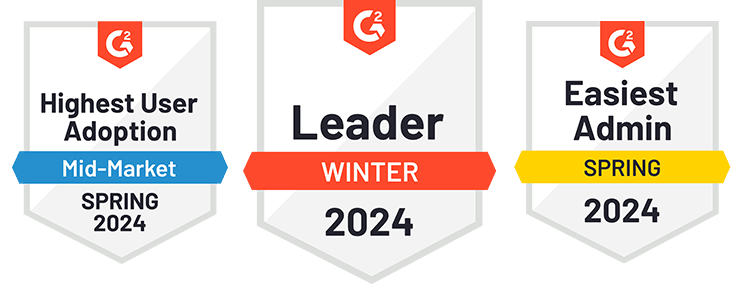As older workers begin to retire, younger workers will soon become the majority. Gen Z and millennials already make up almost half (46%) of the workforce in the U.S. Why does this matter? Because younger generations bring with them values, expectations, and goals that are different from older generations — and it’s changing the spirit of work in big ways.
Depending on the generational make-up of your workforce, you may be thinking about how you can adjust your organization’s workplace culture and practices to better align with younger workers. Competing for talent and retaining workers will depend in part on how well your organization can meet Gen Z and millennials’ workplace expectations.
While you ponder this, here are four ways that younger generations are impacting organizations, and what it could mean for yours.
Elevate your HR experience.
Explore PrimePay HR, our state-of-the-art HR software.
1. Shifting employee expectations
Younger generations want their employers to value what they value. In a recent survey, Gen Z and millennials said they chose to work for their current organization because of its work-life balance, learning and development opportunities, and positive work culture. Other values like transparency, ethical leadership, and diversity and inclusion are also very important to younger generations.
But if a current employer doesn’t share these values or isn’t meeting expectations fast enough, younger workers have few qualms about quitting and finding another job. These days, half of millennial employees are actively looking for a new job or watching for openings. Organizations looking to retain good workers can take necessary steps to align the overall workplace with Gen Z and millennials’ workplace values and expectations, and also help them become more engaged in their day-to-day jobs and careers. This can help boost their motivation, emotional investment in their work, and overall job satisfaction.
2. Work flexibility with mobile capabilities
Younger generations are looking for a “work from anywhere” environment where they can perform their work via mobile technology. That could mean downloading business and productivity apps onto their phones or participating in team meetings while driving to and from appointments — any workflow they can do anytime from anywhere that doesn’t require them to be sitting at a desk during regular business hours.
Though the common assumption is that remote work and mobile apps could hurt productivity, the opposite is proving to be the case. Over half (55%) of employees who are offered some choice in where, when, and how much they work to turn out to be high performers. That means when given the tools to be productive on their own terms, employees are capable of churning out high-quality work. For organizations worried about offering too much flexibility, take note that mobile technology combined with remote work options could be the key to meeting younger workers’ desire for flexibility without sacrificing performance.
3. Access to paychecks outside of paydays
Waiting around to get paid only on paydays may soon become a thing of the past. That’s because younger workers — and, indeed, most workers — don’t want to wait to access their hard-earned money. Financial uncertainty and economic hardship can make it difficult for employees to stretch their earnings until the next payday — and they may even resort to short-term loans to make ends meet.
Instead of letting employees suffer or go into debt, organizations can give them access to their salaries on an as-earned basis, like paying employees as soon as they finish a shift. Getting paid faster allows younger workers to build their lives outside work and take care of their needs with fewer struggles. Organizations that implement this type of payday perk are on the cutting edge of a trend that many younger workers appreciate — with the added bonus that 79% of workers say it would make them feel more valued as an employee.
4. Technological advancements
How Gen Z and millennials are changing the workplace has a lot to do with technology. Millennials grew up with the internet while Gen Z ushered in the age of smartphones. These digital natives expect to use technology solutions that can help streamline processes and make everyday tasks faster and easier. For example, a modern human capital management (HCM) system gives younger workers the flexibility and ease they’re looking for when managing routine HR-related tasks or when they need to access important information — and it provides new employees with a better onboarding process.
Similar to mobile work capabilities, a mobile-optimized HCM system that can be accessed anytime and from anywhere is just as critical. Workers can update their contact information, track benefits, add life events, access tax documentation, look up pay stubs, and more — all on their own, without the need for time-consuming back-and-forth with HR. This leaves employees with more time in their day to focus on work and productivity. Organizations that want to modernize and streamline employee and HR-related processes can do so with an HCM platform — and instantly boost their appeal to younger generations.
The workforce is changing — and so should you
An aging workforce, plus fierce competition for talent and the need to increase employee retention, are driving many organizations to rethink how they’re perceived by younger workers. Younger generations have specific values they’re looking for in an employer and goals they want to realize. Now is the perfect opportunity for your organization to understand the expectations of younger workers and meet them where they are by creating a desirable work culture and offering the right perks and tools.
Make the Leap Towards HR Efficiency and Effectiveness Today
Get the HR support your business needs to thrive, and take the pressure off of your HR teams. Explore PrimePay HR and ensure your HR compliance today.

